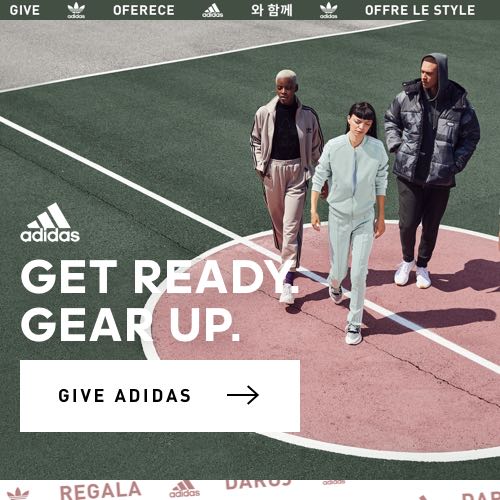The readability of your content has either a positive or negative impact on the experience of your visitors. If they can’t read what’s on a page, they are likely to click back and go to another website. The size and type of font, the spacing, and other elements surrounding the article can affect readability.
Experts on website design from Salt Lake City cite the following ways to improve the readability of your content.
Font Matters
Some designers make the mistake of choosing creativity over readability find the balance between the two to get the results you want. Start with the headline; it should be easy to read with just a glance.
Some of the suggested fonts to use are Arial, Verdana, and Trebuchet. Experts suggest using sans serif fonts for long articles.
Size Is Important
Website owners must consider various screen and device sizes. Some fonts are easy to read using a desktop, while others aren’t as good on a smaller smartphone.
Designers agree on 16 pixels as the ideal size of the fonts you use for your site. However, some disagree and say that using percentages allow the website to adjust to the browser settings of a user.
Take note that a person keeps a screen of a device further away from their eyes compared to when they read a book. Factors such as preference, eyesight, and age also affect the experience of users.
The Right Contrast
 The color combination and the contrast of the article and background will affect the readability of your page. Poor color combinations such as white and orange make it difficult to read. Boost the contrast for a better reading experience.
The color combination and the contrast of the article and background will affect the readability of your page. Poor color combinations such as white and orange make it difficult to read. Boost the contrast for a better reading experience.
Reduce the number of photos you use to avoid distracting the reader. When you want to insert pictures in the background, the text must be in parts where there is ample white space.
Short and Sweet
A wall of text will intimidate readers and may turn them off. Longer lines are okay when reading a magazine or newspaper article; however, the web is different because of the shorter attention span of visitors. Designers agree the ideal length is around 50–60 characters; this allows for smooth reading and line jumping.
Concise Information
Fluff distracts a reader and may make them impatient. Get straight to the point and add meat to the article you publish. Include the details of your product or service, why they need to choose your brand or how you can provide a solution. Understand your target audience so that you will know the type of content they need.
The Target Readers’ Language
Leave the jargon and business or scientific terms in the boardroom; use the language of your intended audience when making a blog post. This approach humanizes the topic you want to write about and your brand. It also makes your topic interesting and sharable; two traits a piece of content needs to reach a wider audience.
Readable content has plenty of advantages such as better conversion rate, more traffic, and improved engagement, just to name a few. Make this an important part of designing your website.





